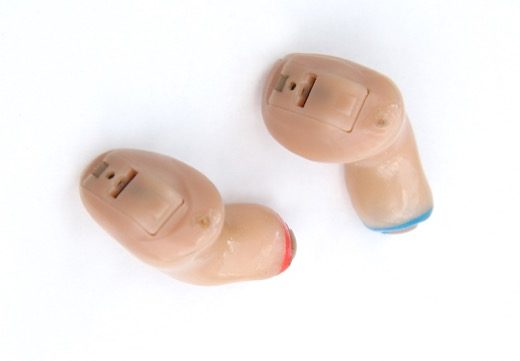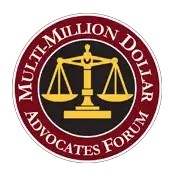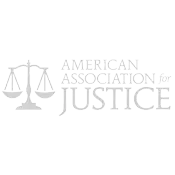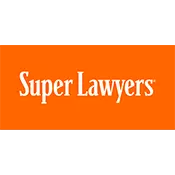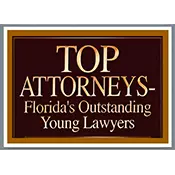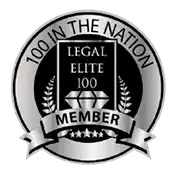Protecting Your Hearing On the Job
The Centers for Disease Control and Prevention (CDC) has issued a report detailing how workers can protect their hearing on the job. The CDC estimates that approximately 22 million American workers are exposed to potentially hazardous levels of noise exposure. Hearing loss is one of the most common work related injuries in the United States. In addition, prolonged noise exposure can affect workers’ quality of life, increase cardiovascular health risks, and bring a high economic price to American society as a whole.
On the job hearing loss occurs when workers are exposed to loud noise. Any noise level over 85 decibels may be hazardous to workers’ hearing. There is a smartphone app available that can estimate noise levels. On a more basic level, if you cannot hear someone within an arm’s-length without raising your voice, noise levels may be damaging to your hearing. If these basic methods of measuring noise levels show that noise levels may be hazardous, your employer should do a complete and comprehensive noise survey.
Ear damage is not the same as other injuries. If your ears are ringing or roaring this could indicate heavy noise exposure. Continuous noise exposure could lead to permanent hearing loss and damage. If your ears feel full or stuffy, that is also an indication your ears are experiencing harm.
Also interesting, workplace chemicals can be a potential sources of hearing damage. These include endocrine disruptors such as Acrylonitrile and Aroclor 1254, heavy metals such as trimethyltin, mercury and lead. Asphyxiants such as hydrogen cyanide and carbon monoxide and organic solvents such as trichloroethylene, toluene, xylene, ethylbenzene and styrene can also cause hearing damage.
The CDC also notes certain factors can impact a worker’s vulnerability to hearing loss on the job. These include biological factors such as race and ethnicity, genetics, age, gender and other health issues.
What is Buy Quiet?
Buy Quiet is a program from the CDC to help reduce employee hearing loss. While hearing loss is not reversible, it is preventable. Buy Quiet is an initiative from the Occupational Health and Safety Administration (OSHA) that encourages employers to rent or buy quieter equipment. This can occur when a business first starts, or as older machinery is replaced. The idea is to reduce employees’ exposure to hazardous levels of noise.
Buy Quiet helps reduce the risk of hearing loss. It reduces the impact of noise on the community at large. It helps employers comply with OSHA and other regulations. It also reduces the costs of ongoing testing of noise levels, workers’ compensation claims, and employee personal protective equipment.
The National Institute of Safety and Health (NIOSH) has developed ways to assist employers and promote implementation of the Buy Quiet program. It is part of the Hearing Loss Prevention Program. The program performs research on occupational hearing loss. The program also works with manufacturers in designing equipment that produces less noise.
It is widely recognized that it is much more cost effective to design machinery and tools to reduce noise during their manufacture than it is to attempt to retrofit them after manufacture. The Buy Quiet program leaves the quiet design decisions to equipment and manufacture designers.
Another benefit of the Buy Quiet program is that it helps remove employees from hearing conservation programs. It does this by reducing worker exposure to below 85 decibels for eight hours. Noise reduction programs are much more effective than hearing conservation programs. Hearing conservation programs involve costs of annual hearing testing, including follow-ups, noise surveys of the workplace, providing hearing protection for employees and maintaining necessary record keeping.
Buy Quiet may be a simple concept, but implementing it has been difficult. Equipment and machinery manufacturers have not provided noise levels for specific pieces of equipment. This makes it difficult for business owners and those that purchase equipment and machinery to participate in the Buy Quiet program. Further, there is no centralized location where this data is available. In response, NIOSH has promoted Buy Quiet initiatives within organizations and encouraged companies to implement the program. According to NIOSH, any company where workers are subject to hazardous levels of noise exposure can benefit from Buy Quiet.
Hearing Loss Prevention Program
Businesses should implement Hearing Loss Prevention programs. There are many components to Hearing Loss Prevention Program. For a Hearing Loss Prevention Program to be effective, regular noise exposure monitoring is necessary. This can be expensive, but it is vital for protecting workers. Additionally, hearing protection requires the participation of both employer and employee. Employers must provide hearing protection devices, but employees must use the hearing protection devices. Engineering and administrative controls must also be put into place. Providing education and motivation to workers, regarding hearing loss prevention, is necessary. Hearing loss prevention programs should also involve complete record keeping of employer efforts. Finally, there must be a complete evaluation of the hearing loss prevention program employed by the business.
Other Resources
A number of other resources for hearing loss prevention also exist. Removal of hazardous noise from the workplace is always the first choice. However, use of hearing protectors is still appropriate where exposure to hazardous levels of noise cannot be eliminated.
Two tools have been developed by NIOSH to help employers protect employees’ hearings.
The first is the Hearing Protector Device Compendium. It is a searchable database of hearing protection devices. It helps employees and employers select the best product for each individual circumstance and noise exposure level.
The second is the NIOSH Well-Fit program. It is designed to quickly and cheaply test the performance of hearing protection. It takes approximately four to seven minutes and can be used with any ear plug.
Contact the Attorneys at Madalon Law
The experienced workers’ compensation Florida attorneys at Madalon Law practice in the areas of personal injury and workers’ compensation. If you have suffered a hearing loss on the job, you may be entitled to compensation for your loss. Contact our attorneys in Fort Lauderdale, Miami, and West Palm Beach to discuss your case. There’s no fee or cost to you unless we win your case.
